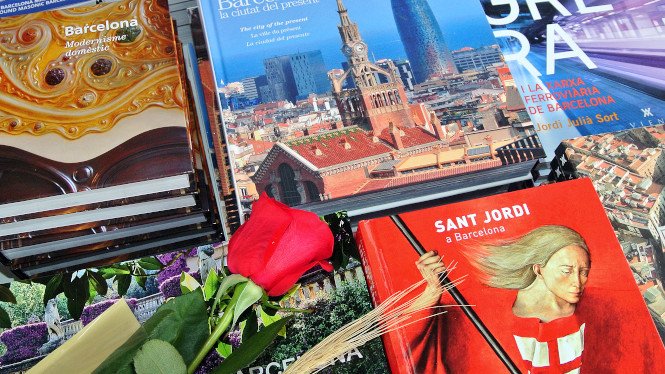
Sant Jordi — Day of Books & Roses
Why go: The city turns into an open-air bookshop. Authors’ signings, balconies draped in senyeres.
Local tip: Go early along Passeig de Gràcia and Rambla de Catalunya; pick up a yellow & red ribboned rose.
Plan around signature festivals, neighborhood celebrations, and public holidays. Dates can vary year to year—always check the official program before you book.

What: Books, roses, and street stalls; Barcelona’s most romantic day meets World Book Day vibes.
Why go: The city turns into an open-air bookshop. Authors’ signings, balconies draped in senyeres.
Local tip: Go early along Passeig de Gràcia and Rambla de Catalunya; pick up a yellow & red ribboned rose.

What: Human towers (castellers), fire-runs (correfocs), parades & concerts.
Why go: Signature traditions + free concerts across iconic venues.
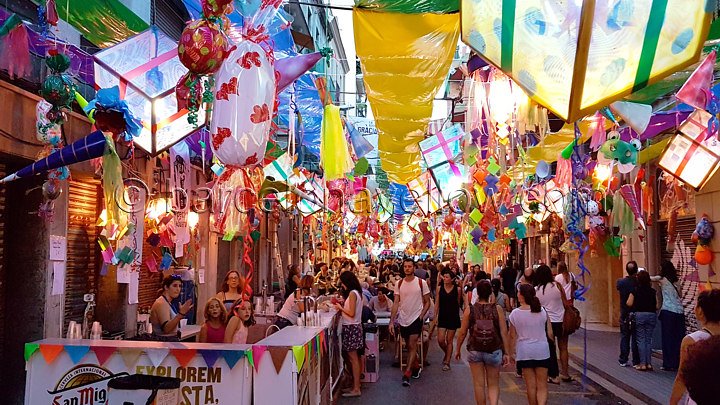
What: Neighborhood party where streets compete with decorations.
Why go: A creative, community-driven festival with concerts and food stalls.
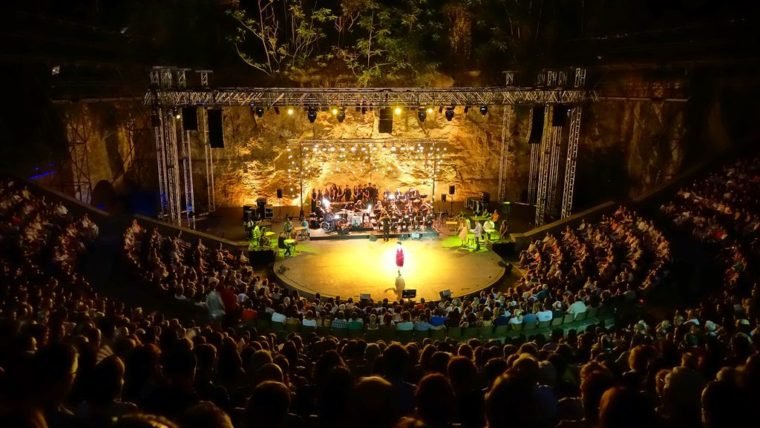
What: Theatre, dance & music at the Greek Theatre.
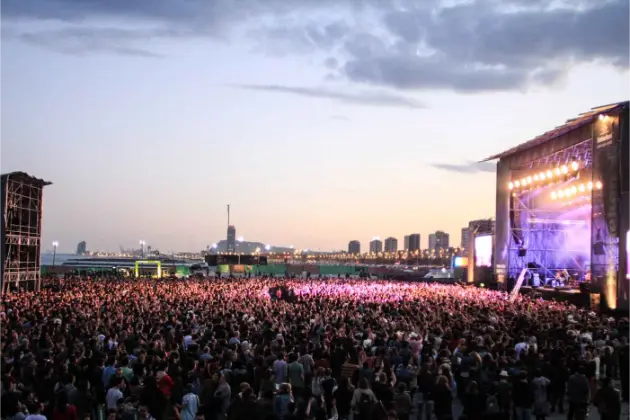
What: Indie & alternative headliners by the sea.
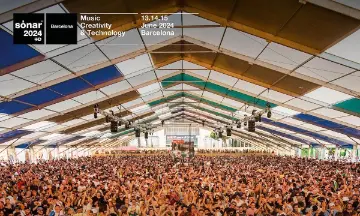
What: Electronic music + digital culture conference.



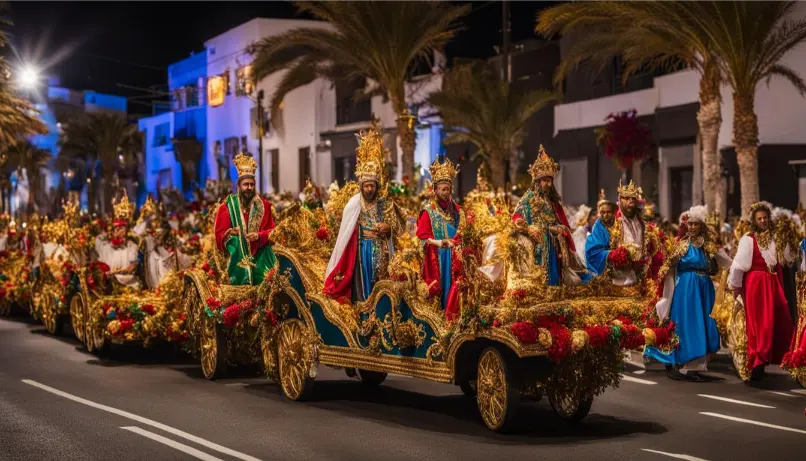
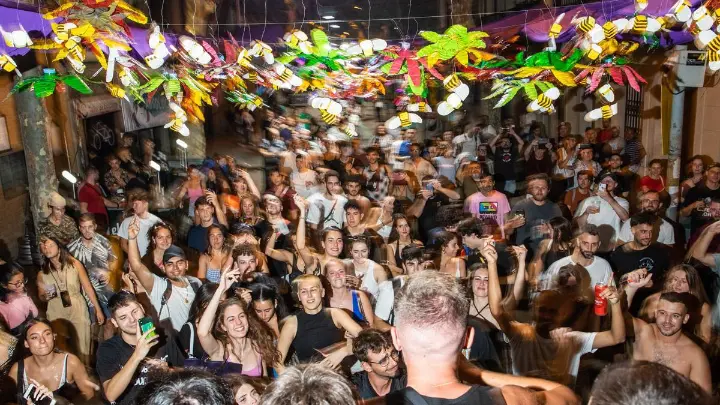
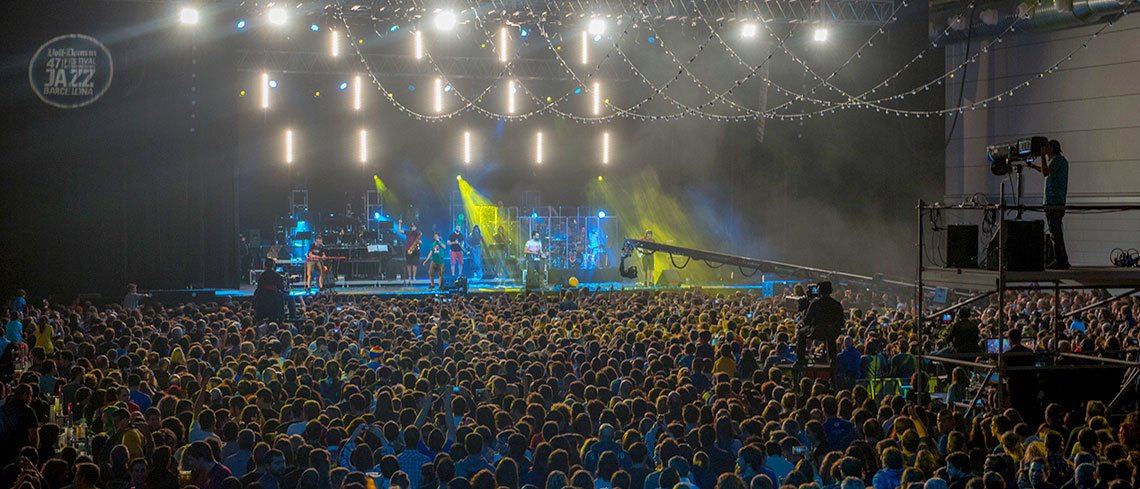
Dates shift slightly each year. For exact schedules, consult official city listings before your trip.

When: Jan 5–6 • City center & port
Expect: Floats, sweets, family crowds. Shops may close on Jan 6.

When: Sept 11 • Citywide
Expect: Cultural events, some demonstrations, many businesses closed.

When: Dec 24–26 & Dec 31 • Citywide
Expect: Markets (e.g., Santa Llúcia), lights, Dec 31 celebrations; Jan 1 is very quiet.

When: Oct 31–Nov 1 • Citywide
Expect: Chestnuts, sweet potatoes, panellets; cemetery visits on Nov 1.
Public holidays can affect shop hours and transport frequency. Always verify ahead of time.
When: Early December
Description: The Fira de Santa Llúcia is Barcelona’s oldest Christmas market that has been taking place for over 230 years. Located in the Gothic Quarter, the market is a dazzling display of Catalan culture, including nativity scenes, handcrafted decorations, and traditional treats such as roasted chestnuts. It’s the perfect place to pick up some souvenirs and experience local traditions.
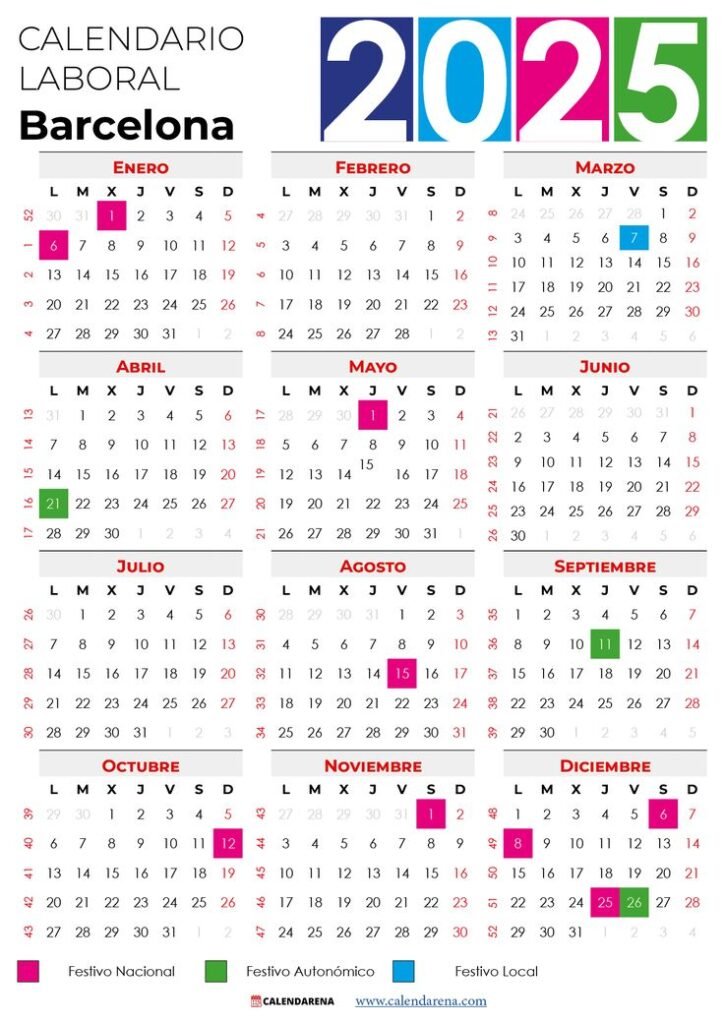
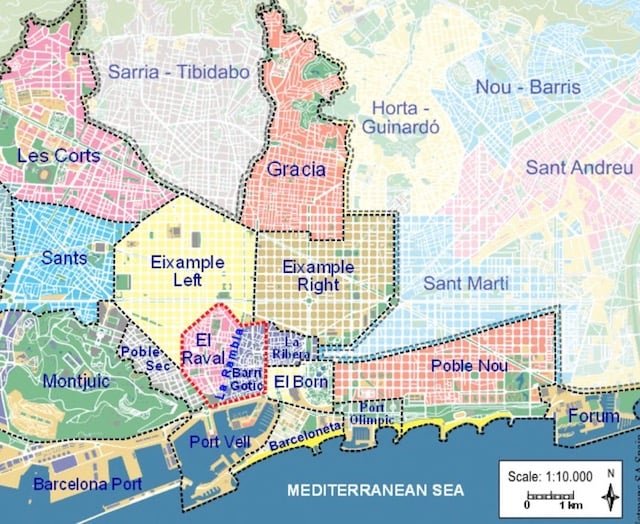
As American real estate experts in Barcelona, we grasp the unique needs of expats seeking a new home in this captivating city, known for its stunning architecture, vibrant culture, world-class cuisine, and laid-back lifestyle. Let us assist you in finding your dream property that aligns perfectly with your lifestyle and budget.
My first Christmas in Barcelona I spotted a strange sight in the supermarket: a wooden log with legs, a painted smile, googly eyes, and a red Catalan hat. It reminded me of Mr. Hankey from South Park — and surprisingly, I wasn’t far off! Meet the quirky Catalan traditions of Caga Tió and the Caganer.

From December 8th (Feast of the Immaculate Conception), families bring home the Tió de Nadal — a small log “fed” with treats each night and kept warm under a blanket. On Christmas Eve or Christmas Day, children gather around, sing a traditional song, and beat the log with sticks until it “poops” out sweets and small gifts hidden beneath the blanket.
Caga tió, caga torró,
avellanes i mató,
si no cagues bé,
et daré un cop de bastó.
Caga tió!
(Poop log, poop nougat, hazelnuts and cheese, if you don’t poop well, I’ll hit you with a stick!)
The treats are modest — nougat, toys, chocolates — since the main presents still arrive later, on January 6th with the Three Kings.
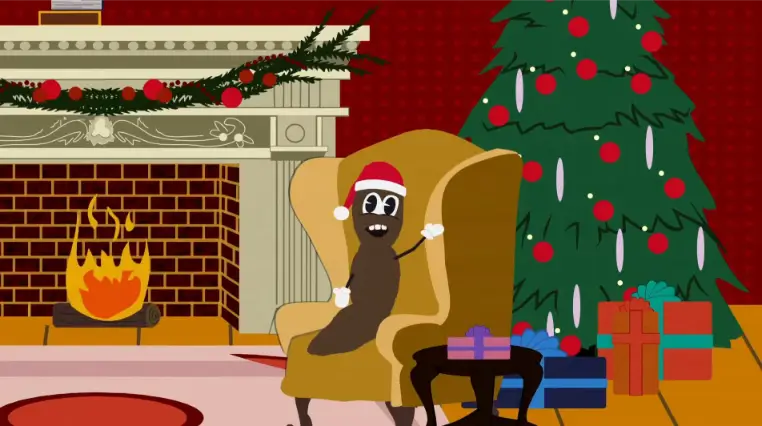
Even stranger is the Caganer, literally “the pooper,” a figurine hidden in Catalan Nativity scenes. Traditionally a peasant in a red barretina cap, he is squatting with his pants down, defecating. The Caganer dates back to the 18th century and symbolizes fertility and good fortune — his act of “fertilizing” the earth is believed to ensure a good harvest.
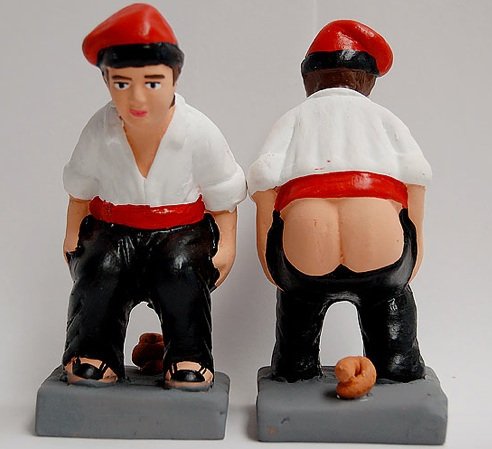
Spotting the hidden Caganer has become a game for children, while modern versions feature celebrities, politicians, and football stars. It’s irreverent, funny, and a very Catalan way of mixing the sacred with the profane.
For newcomers, a pooping log and a defecating Nativity figure might seem bizarre — even shocking. But in Catalonia, they’re beloved Christmas traditions, highlighting the region’s playful, earthy humor and unique cultural identity.
You cannot copy content of this page
WhatsApp us